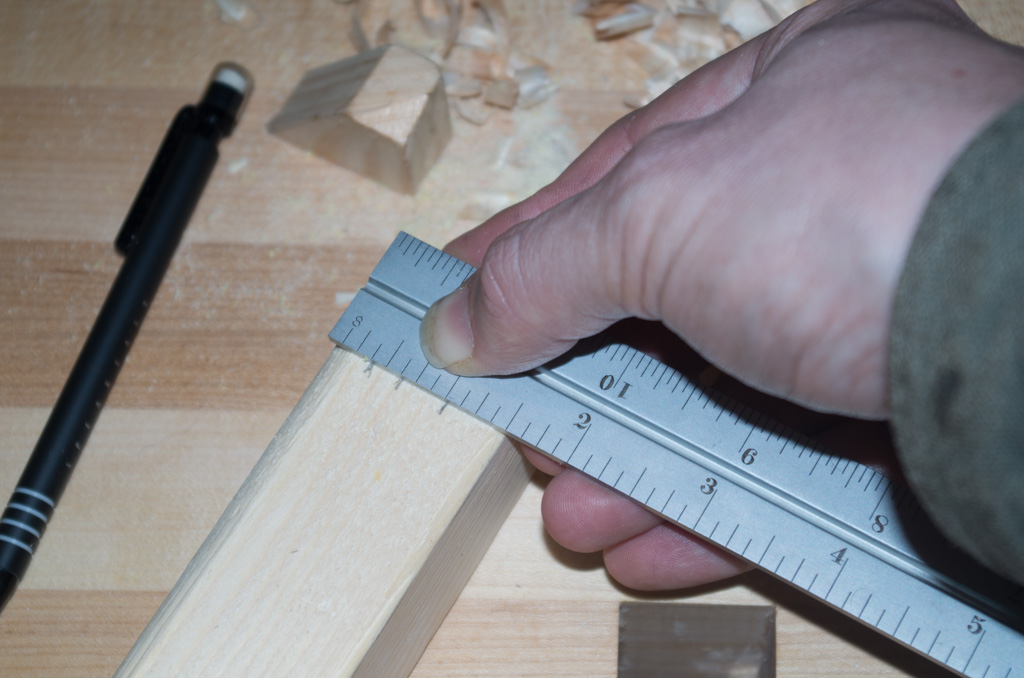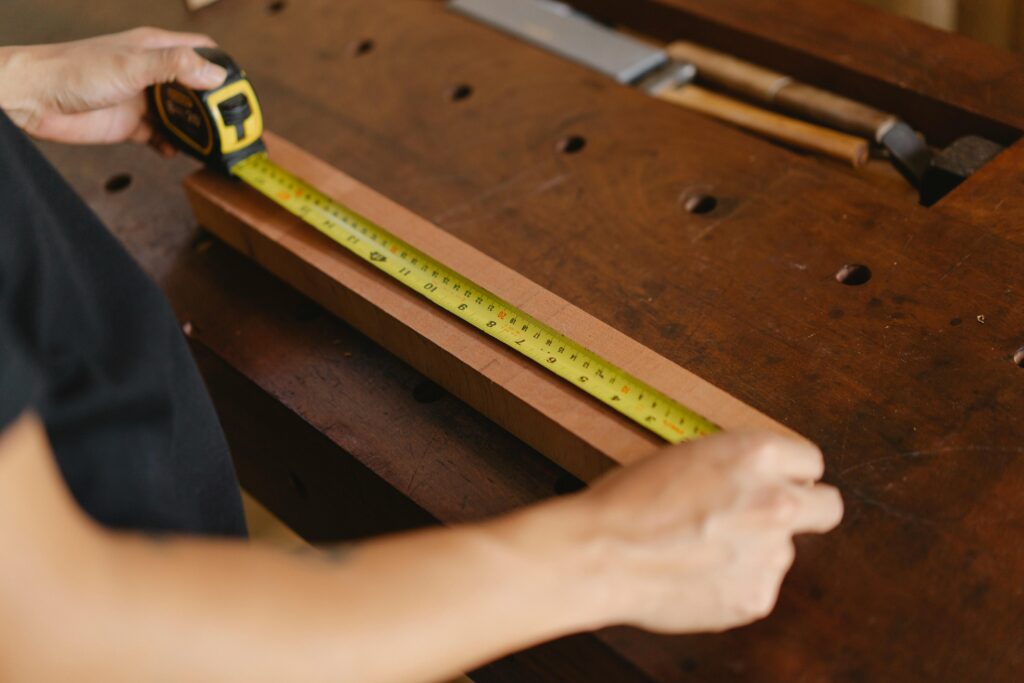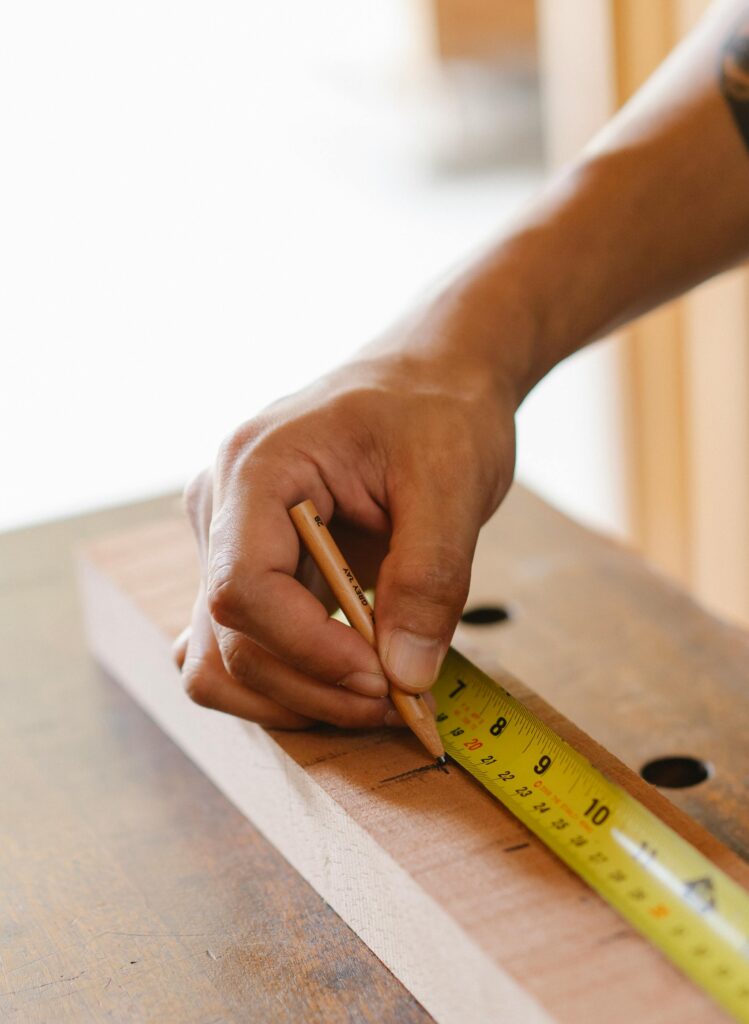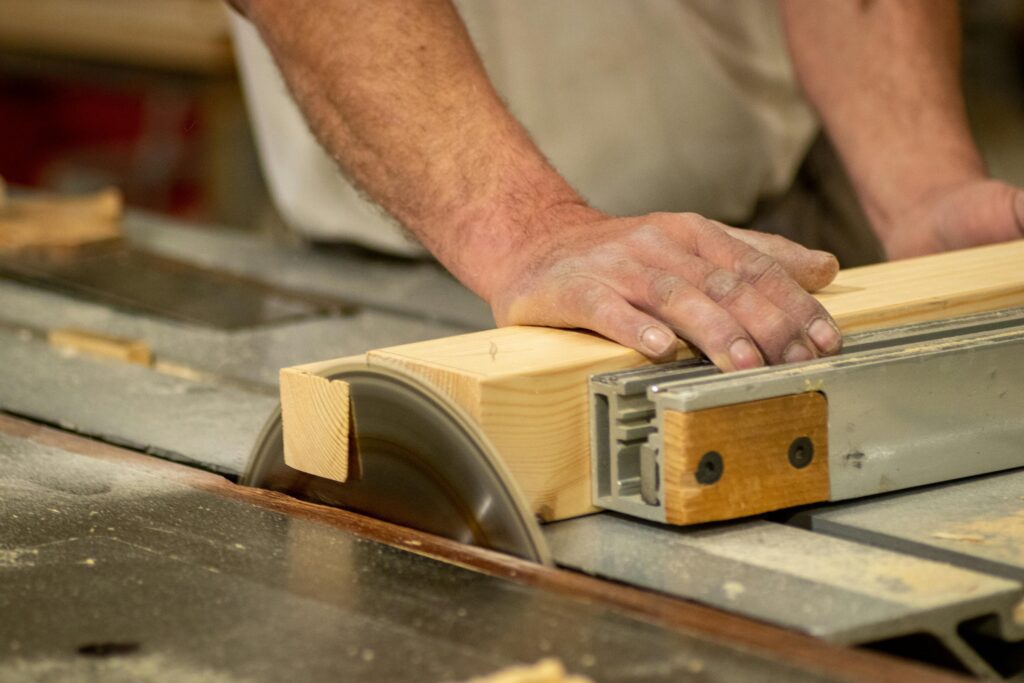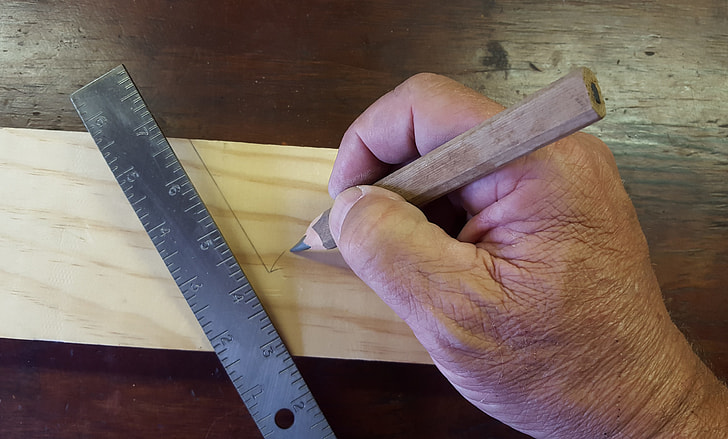Essential Carpentry Tools: The Ultimate Guide for Professional-Grade Results
Unlock the secrets of master craftsmanship with these essential carpentry tools that every serious woodworker needs in their arsenal. Whether you’re a seasoned professional or an ambitious DIY enthusiast, the difference between mediocre and masterful carpentry often lies in your toolkit. In today’s comprehensive guide, we’ll explore the essential tools that every carpenter needs to achieve professional-grade results, backed by decades of industry experience and the latest innovations in woodworking technology. Foundation Tools: The Basics of Measurement and Marking Precision in carpentry begins with accurate measurements and clear markings. According to recent industry surveys, over 80% of project errors stem from incorrect measurements. Professional carpenters understand that investing in quality measuring and marking tools is fundamental to achieving exceptional results. The cornerstone of any carpenter’s toolkit starts with these essential measurement tools, which form the foundation of all precise woodworking. Tape Measure: Opt for a heavy-duty tape measure with at least 25 feet of reach and clear markings in both imperial and metric measurements. Look for models with a sturdy lock mechanism and a reinforced blade coating. Speed Square: Essential for marking 90° and 45° angles quickly. Choose one with clear, etched markings that won’t wear off with use. Framing Square: For larger projects and ensuring perfect right angles on bigger pieces. The best ones feature anti-rust coating and precise calibration. Digital Level: Modern digital levels offer accuracy to 0.1 degrees and can save time on complex angle calculations. Carpenter’s Pencils and Chalk Lines: Always keep several sharpened carpenter’s pencils and a reliable chalk line for marking long, straight lines. Cutting and Shaping: Essential Power and Hand Tools The art of carpentry relies heavily on precise cutting and shaping capabilities. Recent studies show that professional-grade cutting tools can improve project completion times by up to 40%. Modern carpenters need a versatile collection of both power and hand tools to handle various cutting requirements effectively. The choice between power and hand tools often depends on the specific project requirements, workspace limitations, and the level of precision needed. Circular Saw: Invest in a professional-grade model with at least 15 amps of power and a variety of blade options Hand Saw: Choose a quality crosscut saw for precise manual cuts Coping Saw: Essential for intricate trim work and detailed cutting Reciprocating Saw: Vital for demolition and rough cutting tasks Wood Chisels: A set of various sizes, kept razor-sharp for precise wood shaping Utility Knife: Heavy-duty with quick-change blade capability Power Tools: The Game Changers In today’s carpentry landscape, power tools have revolutionised the way we work with wood. Statistics show that professional carpenters who invest in quality power tools see a 60% increase in productivity. The key to success lies not just in owning these tools, but in understanding their proper application and maintenance. Modern cordless tools have become increasingly powerful and reliable, with battery technology advancing significantly in recent years. When selecting power tools, consider factors such as battery compatibility, warranty coverage, and the availability of spare parts. For optimal performance, maintain your power tools regularly by cleaning after use, checking for wear, and keeping batteries charged. Many professional carpenters recommend having backup batteries and choosing tools from the same manufacturer to ensure compatibility across your collection. Remember to store power tools in a dry environment and protect them from extreme temperatures to extend their lifespan. Assembly and Finishing Tools The final stages of any carpentry project require precision and attention to detail. Assembly and finishing tools are crucial for bringing all elements together seamlessly. Industry experts estimate that proper assembly techniques can extend a project’s lifespan by up to 25 years. The right combination of assembly tools ensures strong joints, smooth surfaces, and professional-looking results that will stand the test of time. Hammers: Include both a framing hammer and a finishing hammer for different applications Nail Puller: Essential for removing misplaced nails without damaging the wood Clamps: Various sizes and types, including F-clamps, bar clamps, and spring clamps Screwdrivers: A comprehensive set including both manual and powered options Tool Management and Maintenance Professional results require meticulous tool care and organisation. Research indicates that proper tool maintenance can extend tool life by up to 300%. Implementing a systematic approach to tool management not only preserves your investment but also ensures tools are always ready when needed. Create a regular maintenance schedule that includes cleaning, sharpening, and inspection of all tools. Store tools in a climate-controlled environment when possible, and use appropriate storage solutions to prevent damage and rust. Organise your tool belt efficiently by keeping frequently used tools within easy reach. Consider using a tool tracking system, especially for larger collections, and regularly audit your toolkit to identify items that need replacement or repair. Proper extension cord management is crucial for both safety and efficiency – invest in heavy-duty cords and proper storage solutions to prevent damage and tangling. Building Your Professional Tool Collection Building a comprehensive tool collection requires strategic planning and investment. Industry analysis shows that professional carpenters typically invest between £5,000 and £10,000 in their initial toolkit. Start with essential hand tools and gradually expand your collection as your skills and project requirements grow. Focus on quality over quantity, particularly for frequently used tools. Essential First Purchases: Tape measure, hammer, saw, drill, and basic hand tools Mid-Term Investments: Power tools, specialized cutting tools, and quality clamps Advanced Additions: Professional-grade power tools, specialized equipment, and backup tools Upgrade Considerations: Replace basic tools with professional-grade versions as skills advance Remember, investing in quality tools is an investment in your craftsmanship. Choose reputable brands known for durability and after-sales support. Consider warranty terms and the availability of spare parts when making purchasing decisions. By following this guide and maintaining your tools properly, you’ll be well-equipped to tackle any carpentry project with professional-grade results. FAQ How can I learn basic carpentry? There are specific carpentry courses which you can take at college or a training provider. Courses typically involve a combination of classroom learning and hands-on work experience to give you the



